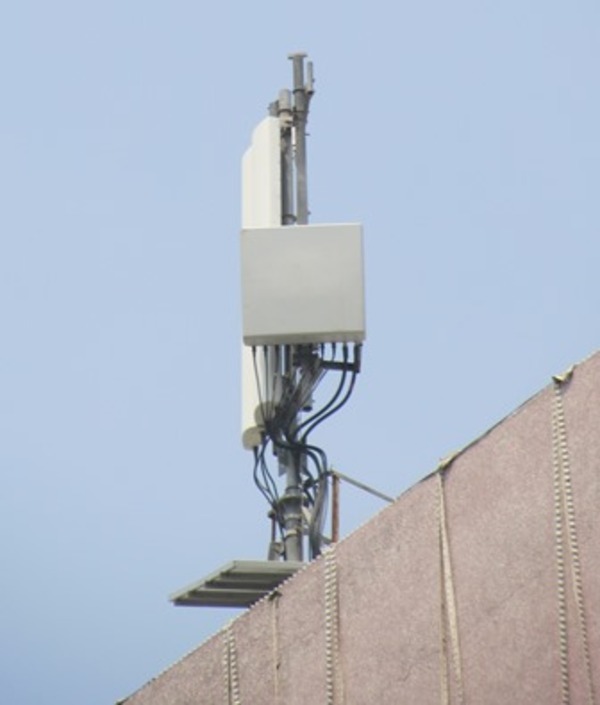
Many days and weeks of effort go into the planning, deployment and optimization of wireless networks for special events, such as a marathon race. These events only last for a few hours but the end user experience during them is of utmost importance for wireless operators. Dissatisfied customers may switch loyalties sooner rather than later, thanks to the plethora of choices available in the form of alternative brands of telecom services.
To achieve the best results for event-specific mobile coverage, operators may use the same technology as used for normal outdoor wireless coverage, namely, the same core, radio access and microwave backhaul networks.
But there are also specially-designed antennas that work even better for this specific application. Multi-beam antennas fulfill the technical goals and the cost, time and space limitations even better than standard antennas. Multi-beam antennas broadcast multiple beams from one antenna, providing more capacity and better service quality than typical single- or dual-beam antennas.
Multi-beam antennas for 3G/4G networks should be able to minimize interference to achieve a high signal-to-noise ratio. They should be able to carry maximum traffic with smooth handovers to adjacent cells. And most importantly, these antennas should provide the needed coverage and capacity in the desired high traffic area without creating interference in neighboring sites in the cluster. For this reason, multi-beam antennas are sometimes deployed at a lower height as compared to other neighboring sites.
Operators deploy multi-beam antennas in a variety of settings where enhanced coverage and capacity is needed. One recent example is from the Yakushima Island in Japan, where KDDI and CommScope deployed a five-beam antenna for visitors to Yakusugi Forest, a Natural World Heritage Site. Learn more about it by accessing the case study.
Have you used a multi-beam antenna in your network? How did it work?






